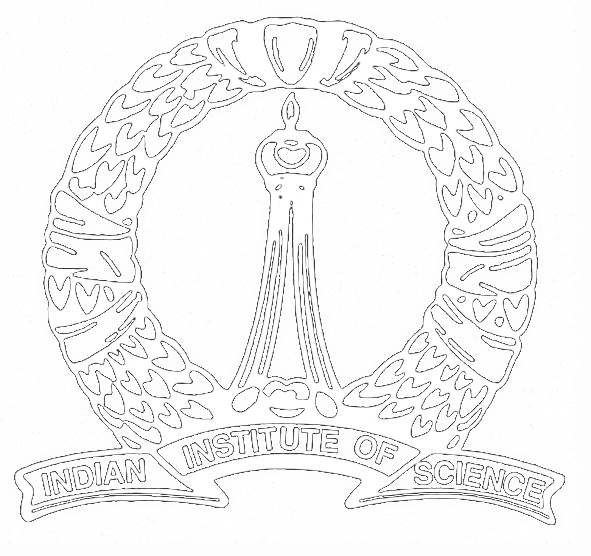Title: An introduction to GKM graphs
Speaker: Prof. Mikiya Masuda Osaka City University, Japan
Date: 07 June 2012
Time: 4:00 - 5:00 p.m.
Venue: Department of Mathematics, Lecture Hall I
The notion of a GKM graph was introduced by Guillemin-Zara [1], motivated by a result of Goresky-Kottwitz-MacPherson [2]. A GKM graph is a regular graph with directions assigned to edges satisfying certain compatibility condition. The 1-skeleton of a simple polytope provides an example of a GKM graph. One can associate a GKM graph $\\mathcal{G}_M$ to a closed manifold $M$ with an action of a compact torus satisfying certain conditions (those manifolds are often called GKM manifolds). Many important manifolds such as toric manifolds and flag manifolds are GKM manifolds. The GKM graph $\\mathcal{G}_M$ contains a lot of geometrical information on $M$, e.g. the (equivariant) cohomology of $M$ can be recovered by $\\mathcal{G}_M$. I will present an overview of some facts on GKM graphs.
- All seminars.
- Seminars for 2012
